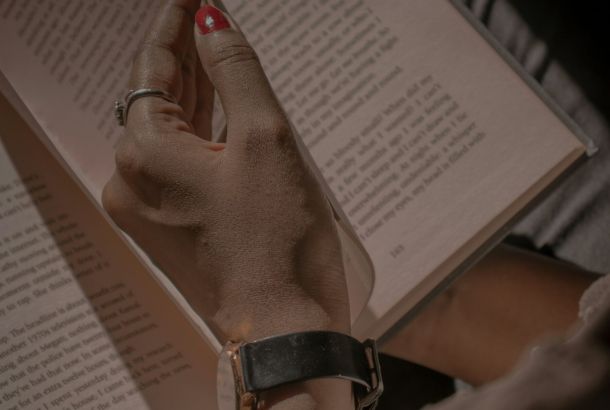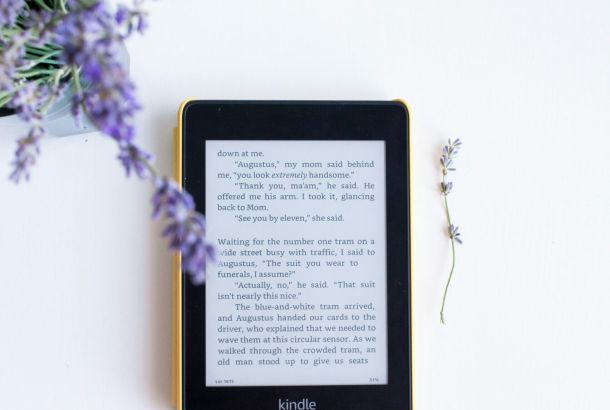Romance novels revisited: Finding the modern love story
By Belle Lewes

It’s February and the shops are turning pink again for Valentine’s Day. For film fanatics it’s time to switch on a rom-com, for baking enthusiasts it’s time to get experimental with pink and red icing – but for readers, choosing a love story to indulge in is becoming increasingly difficult. As someone who has read many romance novels, I realise how easy it is to compare the ones you read. Since they all share the same genre, I prefer to compare them by their eras.
Romance novels have sold since stories were first shared from tongue to press. From medieval narrations of wooing fair maidens to Napoleonic fairy tales of lost princesses, love remained idealised and perfected, with the female appearing as the object of desire, and the male suffering toil and hardship to obtain her.
Through the centuries we can encounter Shakespeare’s sonnets and doomed lovers, Jacobean theatre implementing love into plays of wider genres. Then, the Romantics’ musings on desire and romance used countless natural images to narrate closeted and overwhelming lust. These Romantics closely coincided with the rise of female novelists such as Austen, the Brontës, and Louisa May Alcott.
However, with 2023’s Valentine’s period around us, let’s discuss what the love story means today. With the relatively recent spread of freedom of speech across the western world, the metaphorical and secretive allusions to love and intimacy of the past are no longer necessary. Modern love stories now seem far removed from the grazing fingers of Austen’s works.
Pieces such as Maurice by E. M. Forster and Lady Chatterley’s Lover by D. H. Lawrence were previously condemned for the salacious sexual references and lewd promiscuous actions of the protagonists. Where these two novels were highly controversial for detailing both homosexual attraction and explicit sexual scenes, novels today are not limited by a coy readership. We no longer rely on convoluted metaphors for sex, female purity, and heteronormativity. So, what should a modern-day romance novel entail?
Modern-day romance could be defined by its diversity and representation of historically unrepresented groups – one example is gay romances flourishing in writing and on-screen (such as Heartstopper) and teen novels which are perfect to curl up with. Teen novels such as Red, White, and Royal Blue by Casey McQuiston and They Both Die at the End by Adam Silvera received a huge following from social media platforms, as homosexual romance had finally hit the mainstream young adult section.
These stories have revolutionised LGBTQ+ representation as the story was not limited to a discussion of suffering, and victimisation. Instead, these stories followed the narrative structure and themes of countless previous teenage love stories that have been popular for years. Other novels such as Naoise Dolan’s Exciting Times, and Eduardo C. Corral’s Guillotine explore sexuality much more intimately, embodying many of the conflicting thoughts around identity and categorisation in the modern age.
Similarly, Lisa Williamson’s book, The Art of Being Normal, was one of the first transgender romances in the young adult section of Waterstones in the past decade. It did not shy away from the reality of transgender struggles, but the story was not one of suffering, but about self-acceptance and comprehension.
When The Art of Being Normal came out, I loved it not because of its novelty, but just because I loved a romance novel between British school-going teenagers, with pop-culture references I understood. Since its publication in 2015, many other transgender love stories have gained popularity, and the genre is no longer peripheral or even performative, but instead mainstream and highly represented.
I believe that the unifying factor in all these modern romance stories and the staple of modern fiction is a candid and forthright narrator. Even if not in first person, what was once deemed outrageous can now be made not just intimate, but also accessible and normalised.
In succession, I recently read The Thorn Birds (Colleen McCullough) and Norwegian Wood (Haruki Murakami) and while I thoroughly enjoyed and would recommend them both, the difference of 45 years between the publishing dates was notable.
The Thorn Birds was complex, filled with wanting and unrequited love, and the pain of being a woman in a serving world. It was tragic, gruelling, and only satisfying for perhaps the two chapters where Meggie was rewarded with her Priest after ten years of (underaged) yearning. Whilst the narration was raw and mostly unreserved, when compared to today’s writing, all previous texts seem abashed and self-conscious.
Norwegian Wood tackled some huge topics such as grief, psychosis, and loneliness in the modern world. But the love story is so unashamedly modern and transparent, it is striking. The author doesn’t shy away from guttural emotion and rewrites the previous assumptions of unconditional love. Naoko and Toru, the two protagonists, are blatant with their own internal struggles, making it one of the most candid stories I have ever read.
I believe that this is the newest movement within novels; complete objective honesty in narration makes the novel far more intimate and the characters both fallible, but also relatable, making love attainable, but realistically filled with hardship.
So, what is the modern love story? Well, to me it is a candid representation of human wants and desires, without filtration and coyness.
By tackling the pain of romance and desire honestly, we can normalise modern-day insecurity. Most importantly, the reader and the narrator reach a far deeper understanding and connection. There is no filter between the minds of the characters and the reader, and subsequently, romance stories are so much more personal and evocative.
So this Valentine’s Day, no matter how you celebrate, I encourage you to pick up a romance novel of any age or era. Whether it is agonizing or laugh-out-loud, enjoy reading a genre that is old and ever-shifting as literature itself.







